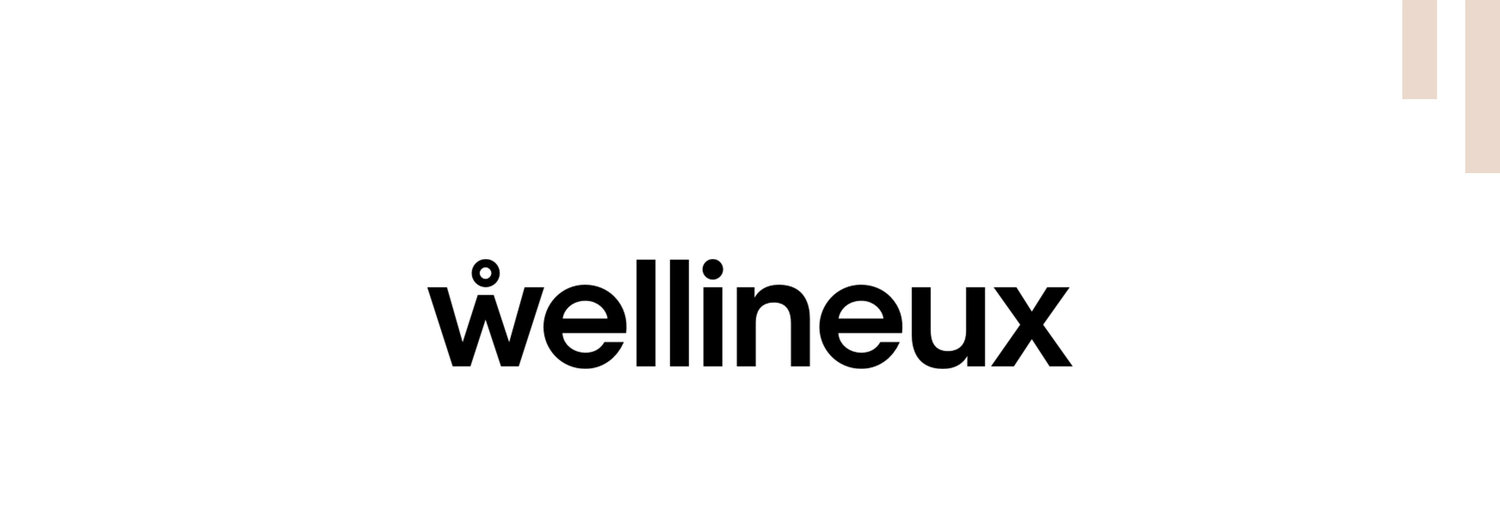What businesses don't quite 'get' about wellness programs
/In today’s VUCA (volatile, uncertain, complex and ambiguous) business world, employees have almost no down time away from work. Indeed, Deloitte’s 2014 Global Human Capital Trends Survey of 2,500 business and HR leaders showed that the “overwhelmed-employee phenomenon” is a global business concern.
According to Deloitte, today’s worker actually initiates interruptions themselves 41 per cent of the time because of their need to check in; to be constantly ‘on’.
And with one in five leaders reporting that they are regularly unable to be attentive in meetings, and 59 per cent of workers feeling physically depleted, emotionally drained, mentally distracted, and lacking in meaning and purpose, the question must be asked – is your workplace operating at a state of peak performance?
Making wellbeing part of business strategy
It is estimated that untreated health and wellness conditions cost Australian workplaces $10.9 billion dollars per year.
So, is your workplace looking at the health and wellbeing of employees as an integral part of their business strategy? If not, it might be time to build a stronger bridge between the two.
The link between healthier employees and healthier profits is well documented, however one-off workplace wellbeing initiatives, or ‘set and forget’ benefits, such as gym memberships, may be missing the mark.
“Currently, employers are doing a good job looking at people’s nutrition and movement, but they are often not paying attention to the remaining wellbeing pillars,” says Wellineux founder Amanda McMillan.
Wellineux is on a mission to change how organisations approach the wellbeing of their employees. Not only do they guide employers and HR managers to pay attention to the wellbeing of their team members across all eight pillars of wellness, but, importantly, Wellineux places strong emphasis on developing the link between an organisation’s wellbeing strategy and how it can support the businesses in achieving strategic goals.
What happens if a welllbeing strategy is not aligned to the business and HR strategy? Well, it’s simple, states McMillan, the wellbeing strategy comes across as feeling sloppy, not integrated or disconnected from the business, and businesses will experience a lesser ‘buy in’ from staff.
8 pillars of wellness
Wellineux defines wellness as the sum of eight integrated pillars: discovery, nutrition, movement, connection, resources, growth, rest and mind.
By holistically addressing all eight pillars, an employer ensures employees are given the tools to foster resilience, to manage stress, to think with creativity and innovation, to stay mentally and physically well, and thus operate at a state of peak performance.
A 2014 PwC study reports that organisations who successfully implemented such programs could, on average, expect a positive POI of 2.3. For every $1 spent, $2.30 would be gained.
The cost of inaction manifests itself in the tangible dollar figure. Absenteeism, retention and the business’ ability to solve problems quickly and to achieve strategic goals.
However, it is the intangible impacts of a well-executed wellbeing strategy that can be most powerful. Improvements in motivation, a sense of community, feeling connected, feeling comfortable to communicate, feeling courageous to have difficult conversations, as well as physical energy and mental stamina all have an immense impact on individuals operating at their peak, and therefore the organisation achieving a state of peak performance as a whole.
So what can you do to encourage a greater wellbeing program within your workplace in order to ensure you and your colleagues are smashing your organisation’s strategic goals? Get in touch with Amanda at Wellineux for a complimentary chat to get you started.
Complimentary wellness strategy session
Interested in elevating your workplace to a state of peak performance? Redeem your complimentary one-hour workplace wellbeing strategy session (via Skype or in person) with Wellineux founder Amanda McMillan. Simply email: amanda@wellineux.com directly to get started.
Original article was published on https://collectivehub.com/2017/06/what-businesses-dont-quite-get-about-wellness-programs/









































